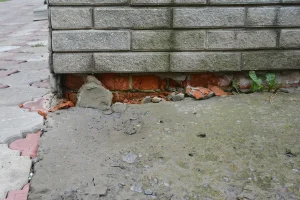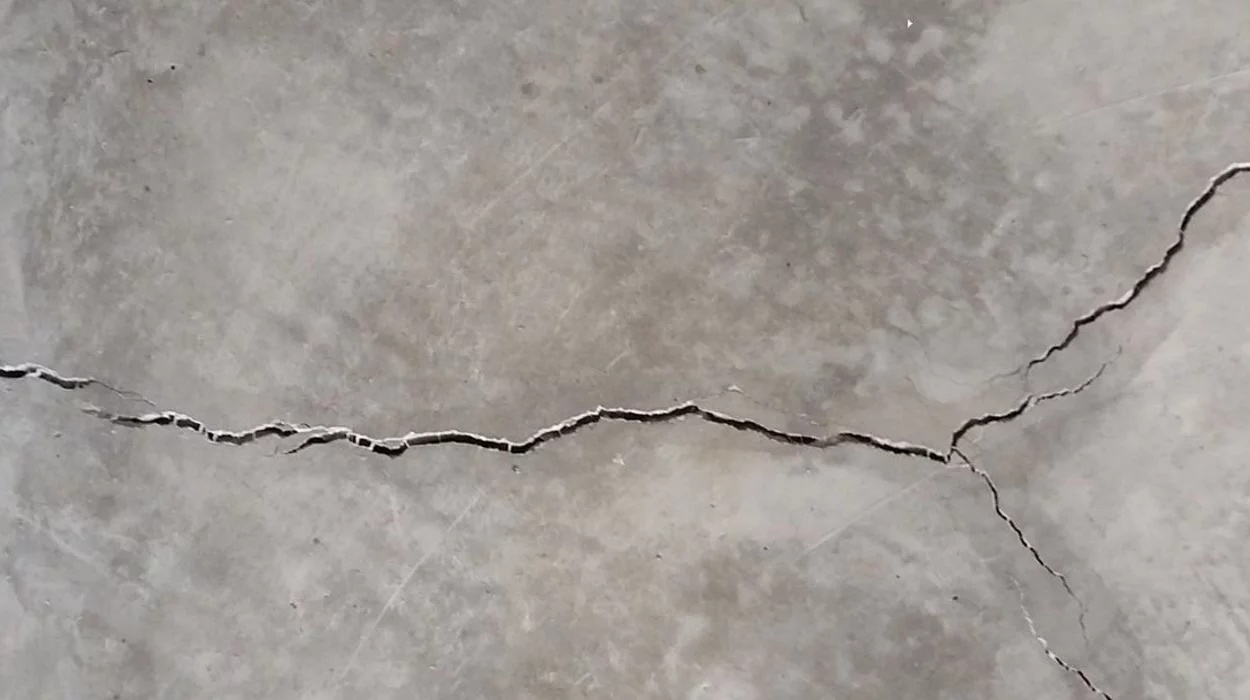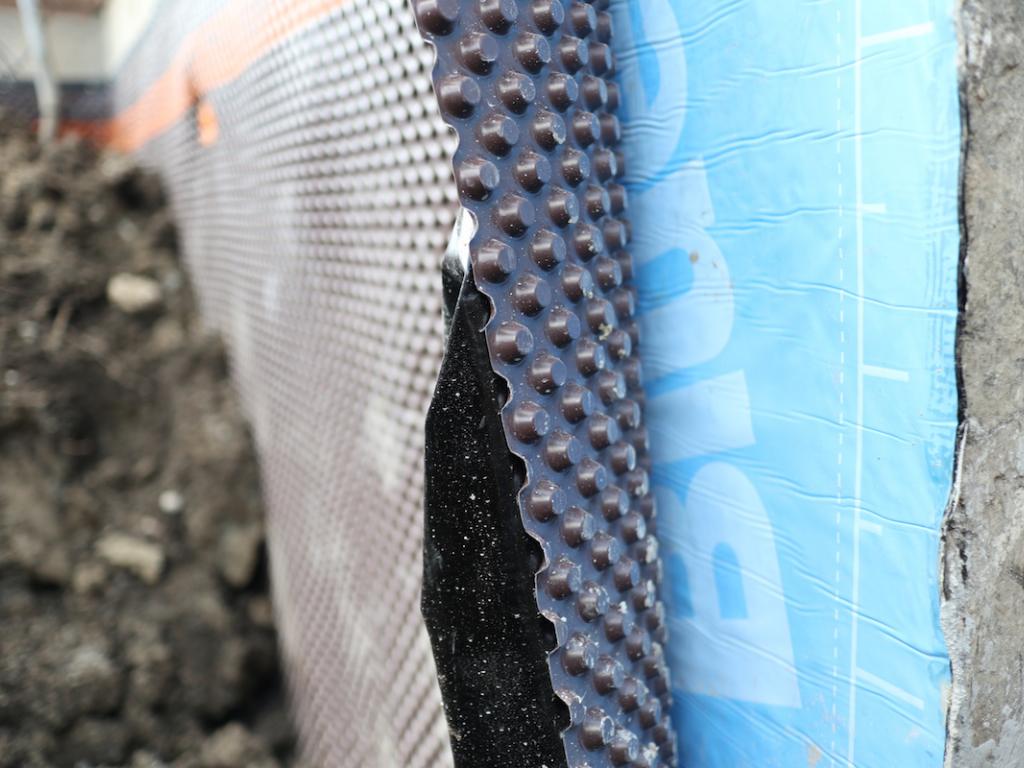 The foundation of your home is, quite literally, the bedrock upon which your property stands. It’s the vital element that provides stability, support, and longevity to your house. Over time, various factors can lead to foundation issues, which, if left unattended, can jeopardize the structural integrity of your home. Fortunately, there are various foundation repair methods available to address these problems. In this blog post, we’ll explore the different foundation repair methods and help you determine which one is right for your home.
The foundation of your home is, quite literally, the bedrock upon which your property stands. It’s the vital element that provides stability, support, and longevity to your house. Over time, various factors can lead to foundation issues, which, if left unattended, can jeopardize the structural integrity of your home. Fortunately, there are various foundation repair methods available to address these problems. In this blog post, we’ll explore the different foundation repair methods and help you determine which one is right for your home.
Common Causes of Foundation Problems
Before we delve into the various foundation repair methods, it’s essential to understand what can cause foundation issues. Here are some common factors that can lead to foundation problems:
1. Soil Shrinkage and Expansion:
Changes in soil moisture content can cause the soil to shrink or expand. This can exert pressure on your foundation, leading to cracks and other issues.
2. Poor Drainage:
Inadequate drainage can result in excess water accumulating around your foundation, which can weaken the soil and damage the foundation.
3. Tree Roots:
The roots of nearby trees can absorb moisture from the soil, causing it to shrink and lead to foundation settlement.
4. Earthquakes:
In areas prone to seismic activity, earthquakes can cause foundation damage.
5. Poor Construction:
In some cases, foundation issues may result from subpar construction practices.
Now that we’ve identified some common causes of foundation problems, let’s explore the various foundation repair methods available:
1. Slabjacking or Mudjacking
Slabjacking, also known as mudjacking, is a cost-effective method used to repair sunken or settled concrete slabs, such as those found in driveways, sidewalks, and patios. It involves drilling holes in the concrete and injecting a mixture of sand, cement, and other additives beneath the slab. This raises the slab to its original position and provides additional support.
Slabjacking is suitable for homes with concrete slab foundations and is particularly effective when the foundation issue is due to soil settlement.
2. Piering or Piling
Piering or piling is a method used to stabilize foundations that have settled or shifted due to soil issues. It involves installing piers or piles deep into the ground to support and lift the foundation back to its original level. This method is commonly used for homes with crawl space or basement foundations.
There are different types of piers, including steel piers, helical piers, and concrete piers. The choice of pier depends on factors like the soil condition, the weight of the structure, and the depth required for stabilization.
3. Foundation Underpinning
Foundation underpinning is a more extensive and invasive repair method. It involves strengthening the foundation by excavating sections of the foundation and pouring new concrete footings beneath it. This effectively extends the foundation’s support and lifts the settled portions.
Foundation underpinning is suitable for homes with significant foundation settlement or structural issues. It’s a complex and expensive process, but it provides long-lasting stability.
4. Waterproofing
While not a repair method in the traditional sense, waterproofing is crucial for preventing future foundation issues. Proper waterproofing includes installing drainage systems, such as French drains, sump pumps, and gutter extensions, to divert water away from the foundation. This helps maintain stable soil conditions and prevent soil erosion, which can lead to foundation problems.
5. Crack Repairs
Sometimes, foundation issues are limited to minor cracks in the concrete. In such cases, crack repairs can be a simple and effective solution. Epoxy injection or polyurethane foam injection are commonly used methods to fill and seal foundation cracks. This prevents water intrusion and further damage.
Choosing the Right Method for Your Home
The choice of foundation repair method depends on various factors, including the severity of the issue, the type of foundation, the soil condition, and your budget. It’s essential to consult with a professional foundation repair contractor to assess your home’s specific needs. They will conduct a thorough inspection, provide recommendations, and offer a detailed estimate for the repair work.
Your home’s foundation is too important to overlook. Addressing foundation issues promptly can save you from costly structural damage down the road. By understanding the common causes of foundation problems and the various repair methods available, you can make an informed decision about which solution is right for your home. Remember, consulting with a qualified foundation repair specialist is the first step towards ensuring the safety and longevity of your home.



